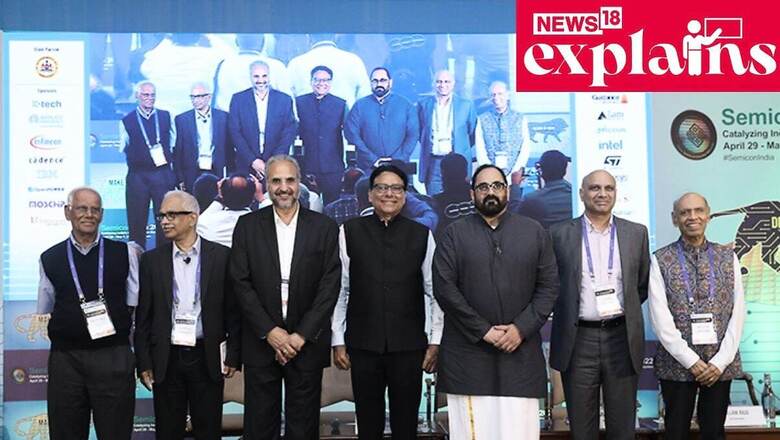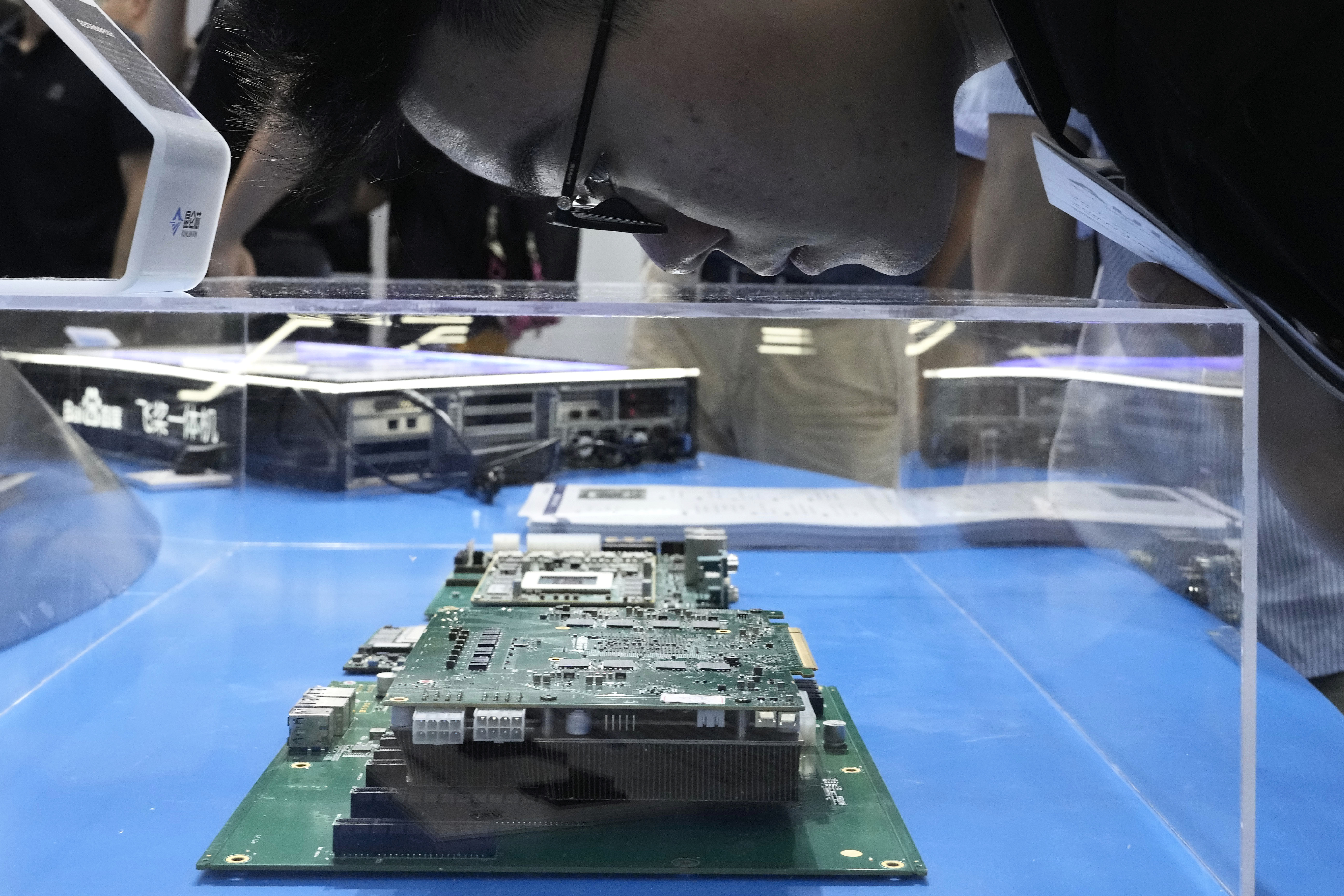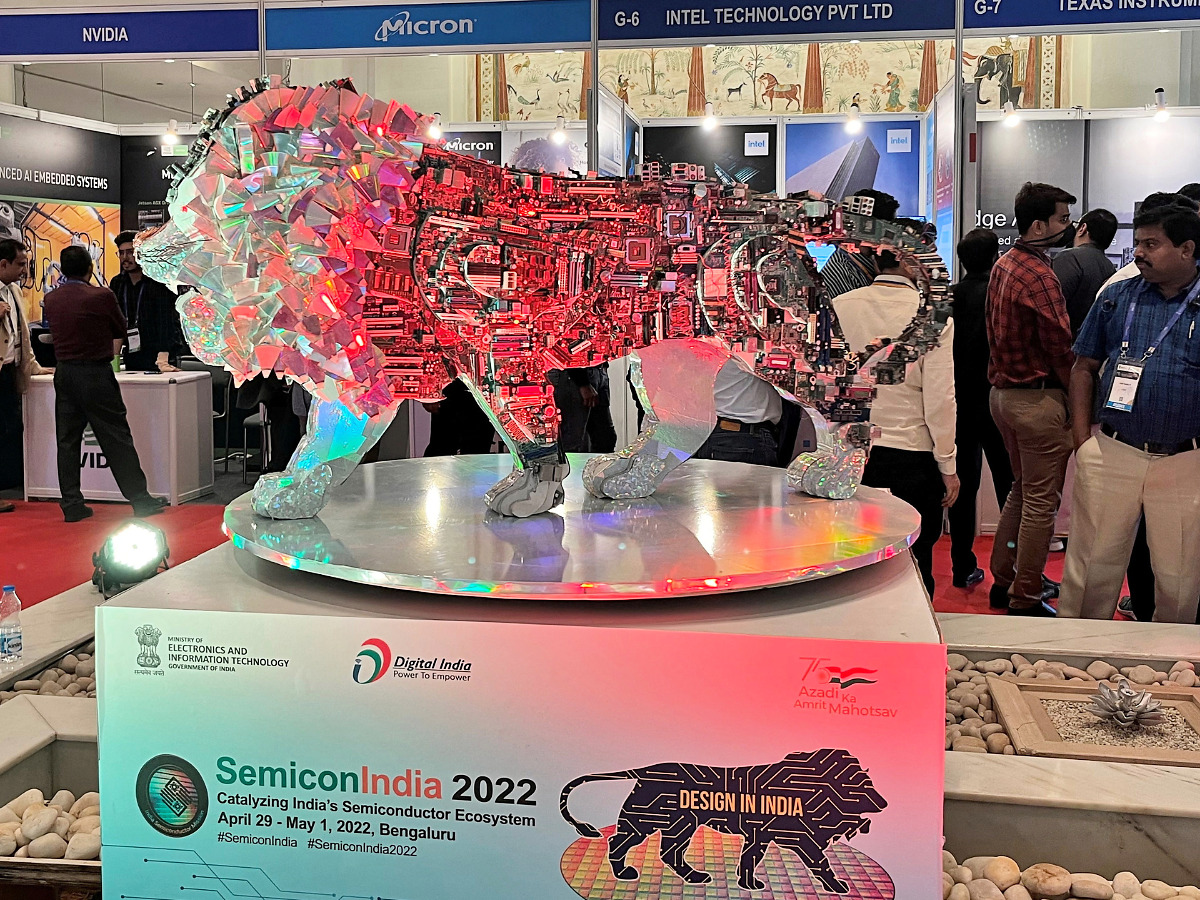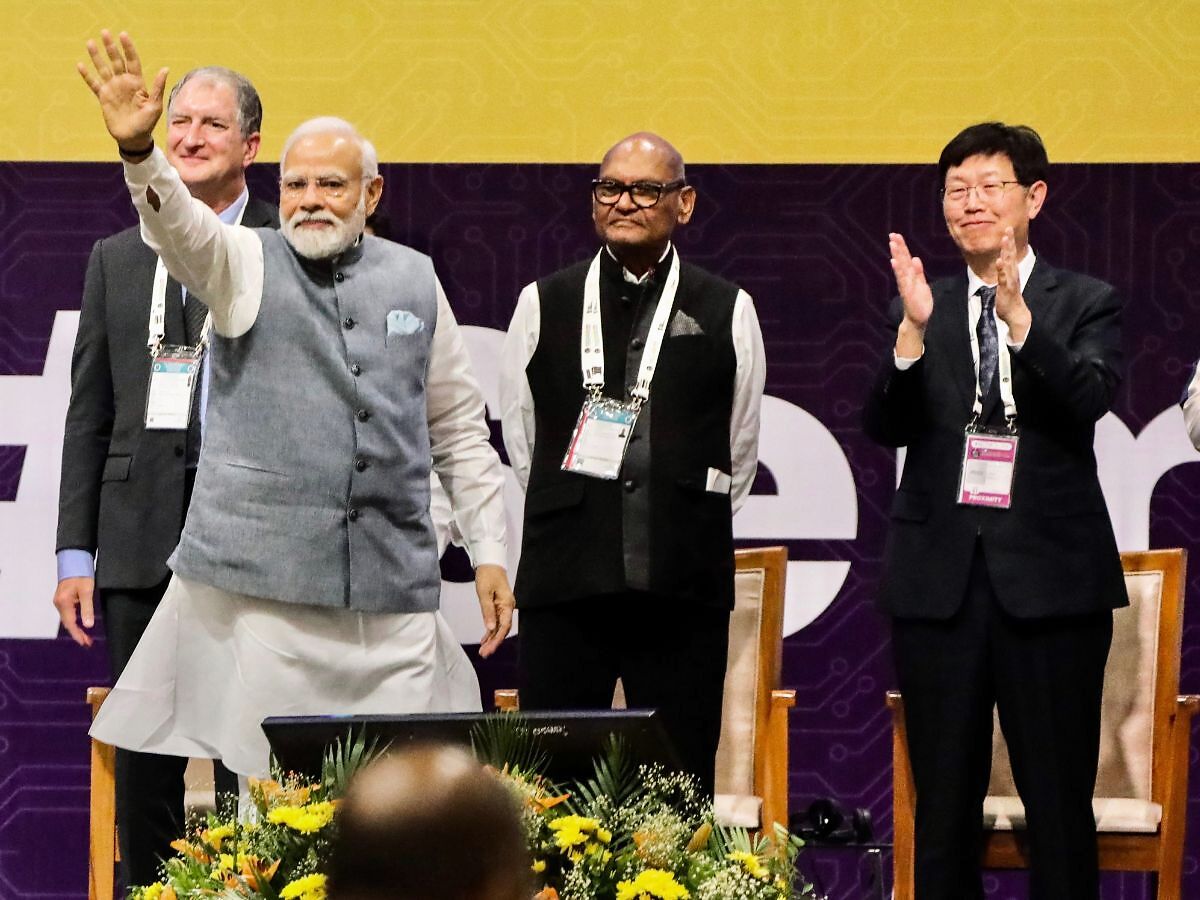
views
In a remarkable turn of events, India’s semiconductor consumption has witnessed an unprecedented surge, significantly boosting the country’s technology sector. The demand for semiconductors has been driven by the rapid expansion of various industries, including consumer electronics, automotive, telecommunications, and the growing adoption of emerging technologies like artificial intelligence (AI) and 5G.
According to Deloitte, the Indian semiconductor industry will reach $55 billion by 2026, with three industries accounting for more than 60% of the market which are smartphones and wearables, automotive components, as well as computers and data storage.
Sanjay Gupta, Chairperson of India Electronics and Semiconductor Association (IESA) stated that as a major player in the global electronics market, India’s semiconductor consumption is driven by the rapid expansion of the telecommunications, automotive, consumer electronics, and IT sectors.

Similarly, TR Shashwath Co-Founder of Mindgrove Technologies, which designs state-of-the-art, scalable, and reliable System-on-Chips (SoCS) in India, told News18 that India is a massive consumer of semiconductors and the country accounts for about 10-20% of the global demand.
“The largest consumption of semiconductors is in the automotive and consumer electronics segments. Just one passenger vehicle could have 10 to 200 different chips! In the consumer segment, mobile phones are the biggest proportion. Consumer appliances – from BLDC fans to LED lights to washing machines, refrigerators, and ‘smart appliances’ are also big consumers of semiconductors, and this is where Mindgrove’s first chip is targeted,” Shashwath said.
He further said that India’s electronics manufacturing sector is thriving and Semicon could be a major section of exports in the coming years.
“In India, the Electronics Manufacturing ecosystem is thriving, with several players capable of designing, building and scaling up products. There are also several Original Device Manufacturers who build designs for their clients, who then resell them under a different badge. Thus, semiconductors imported by India are not only consumed by the domestic market but also exported as part of a bigger product,” he added.
IESA’s Sanjay Gupta believes that with supportive government policies like ‘Make in India’ and the National Policy on Electronics, India will continue its journey towards becoming a global manufacturing hub, and the semiconductor industry’s growth and consumption are set to scale new heights.

The industry strongly believes that the surge in semiconductor demand can be attributed to several factors, including an increasing population with rising disposable incomes, government initiatives promoting local manufacturing, and the ever-growing demand for advanced technology solutions.
Dependency on Imports
When it comes to the consumption of semiconductors, it needs to be highlighter that India, as of now, is heavily dependent on semiconductor imports to meet the growing demand for electronic devices and technology-driven industries.
According to data presented by Minister of State, Electronics and IT Rajeev Chandrasekhar in Rajya Sabha, the overall import of semiconductor chips jumped from Rs 67,497 crore in 2020-21 to Rs 129,703 crore in 2022-23, while imports from China increased from Rs 24,604 to Rs 37,681 over the same period.
However, the government is taking steps to boost domestic manufacturing and reduce the dependency on other countries. For example, India’s Semiconductor Mission, with a total financial investment of Rs 76,000 crore, was announced in 2021 as part of a comprehensive programme for the creation of a sustainable semiconductor and display ecosystem in India.

The Production-Linked Incentive (PLI) scheme to encourage semiconductor and display manufacturing and the Design Linked Incentive (DLI) Scheme to boost the domestic industry involved in semiconductor design are the core of this initiative that was announced to help India become a global hub for semiconductors and transform it from the ‘chip taker to the chip maker’.
Domestic Companies
It is important to note that several Indian companies have been actively involved in this sector’s growth and are reaping the benefits of the semiconductor boom.
For example, one of India’s largest conglomerates, the Tata Group has a presence in various industries that rely on semiconductor technology. Companies within the group, such as Tata Consultancy Services (TCS), Tata Motors, and Tata Power, are actively incorporating semiconductors into their products and services to improve efficiency and performance.
In 2022, Tata Elxsi, the global leader in design and technology services, and Renesas Electronics, the Japanese semiconductor manufacturing company, announced their collaboration on a cutting-edge design centre in Bangalore to develop targeted solutions for electric vehicles.
Wipro, a leading IT services company, has also been a key player in India’s semiconductor consumption growth. With a focus on providing cutting-edge solutions to its clients, Wipro heavily relies on semiconductor technology to develop advanced software and hardware products.

Another major IT services firm, Infosys, has been actively contributing to India’s semiconductor demand. The company’s services span across various industries, including healthcare, finance, and manufacturing, necessitating extensive usage of semiconductors in its solutions.
“Domestic companies like Tata Consultancy Services, Infosys, Wipro, and HCL Technologies are helping the country by providing manpower alongside global giants such as Intel, Qualcomm, Samsung, and NVIDIA, which are actively involved in the development and design of semiconductor solutions. The collaboration between domestic and international players, combined with the government’s supportive policies, will pave the way for India’s bright future in the world of semiconductors,” Sanjay Gupta said.
India’s semiconductor consumption has experienced an impressive upswing, with various companies playing a crucial role in fuelling this growth. As the demand for advanced technology continues to rise, India’s technology sector is likely to witness further expansion, positioning the country as a major player in the global semiconductor industry.




















Comments
0 comment